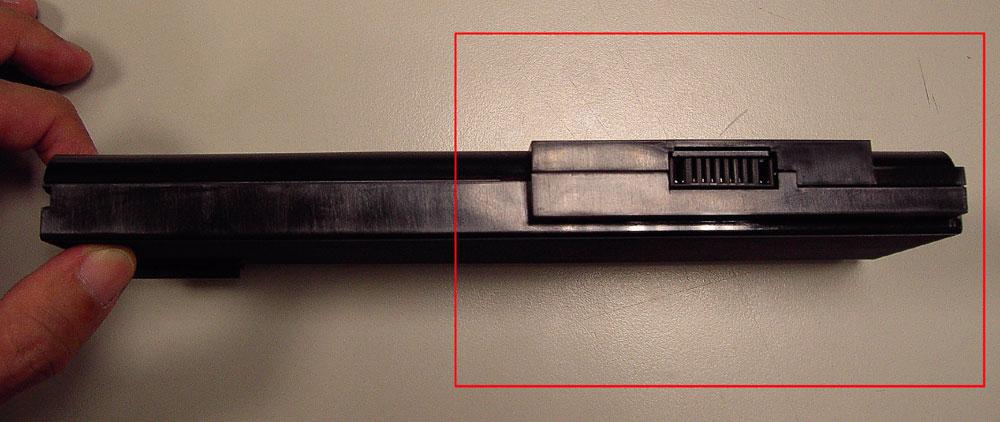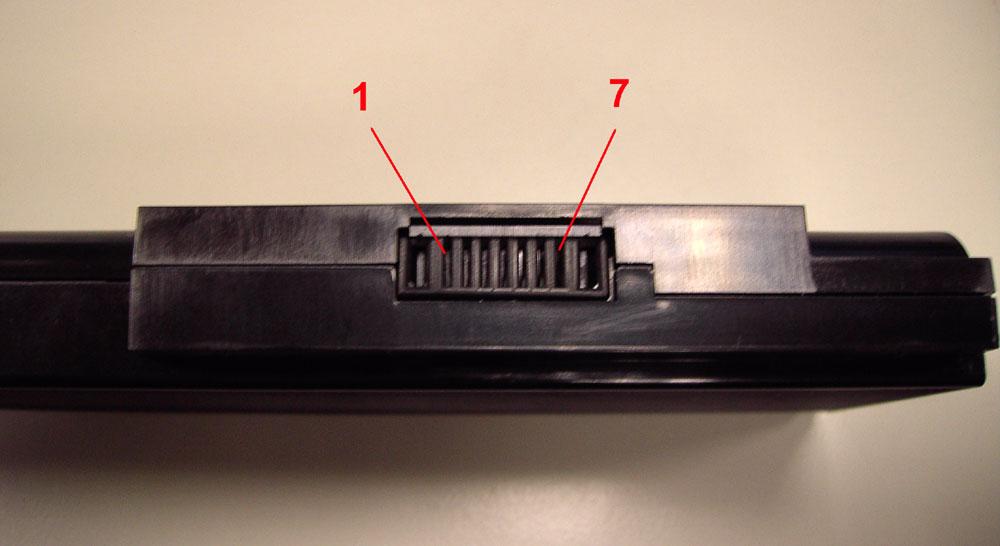
4 minute read
System Check Procedures
External Diskette Drive Check
Do the following procedures to isolate the possible effects from a controller, driver, or diskette. A writable, diagnostic diskette is required.
NOTE: Make sure that the diskette does not have more than one label attached. Multiple labels may cause damage to the drive or make the drive fail. 1. Boot from the diagnostic diskette and start the diagnostic programs. 2. See if FDD test is passed as the programs run the FDD test. 3. Follow the instructions in the message window. If errors occur with the internal diskette driver, reconnect the diskette connector on the system board. If the errors still remain: 1. Reconnect the external diskette drive. 2. Replace the external diskette driver. 3. Replace the main board.
External CD-ROM Drive Check
Do the following procedures to isolate the possible effects from a controller, driver, or CD-ROM.
NOTE: Make sure that the CD-ROM does not have any label attached. The label may cause damage to the drive or make the drive fail. 1. Boot from the diagnostic diskette and start the diagnostic programs. 2. See if CD-ROM test is passed when the programs run the CD-ROM test. 3. Follow the instructions in the message window. If errors occur, reconnect the connector on the system board. If the errors still remain: 1. Reconnect the external CD-ROM drive. 2. Replace the external CD-ROM drive. 3. Replace the main board.
Keyboard or Auxiliary Input Device Check
Remove the external keyboard if the internal keyboard is under test. If the internal keyboard does not work or an unexpected error appears, make sure that the flexible cable extending from the internal keyboard is correctly connected on the system board. If the keyboard is correctly connected, run the Keyboard test. If errors occur, do the following procedures in sequence to correct the problems. Do not replace a non-defective FRU. 1. Reconnect the keyboard cable. 2. Replace the keyboard. 3. Replace the main board. The following auxiliary input devices are supported by this computer. • Numeric keypad
• External keyboard If any of these devices do not function, reconnect the cable and repeat the anterior procedures.
Memory Check
Follow the procedures below to correct the memory errors. 1. Boot from the diagnostic diskette and start the diagnostic programs. 2. Go to the diagnostic memory in the test items. 3. Press F2 in the test items. 4. Follow the instructions in the message window.
NOTE: Make sure that the DIMM is correctly inserted into the connector. A wrong connection will cause errors.
Power System Check
To verify the symptoms, power on the computer by using the following power sources separately. 1. Remove the battery pack. 2. Connect the power adaptor and check the power supply. 3. Disconnect the power adaptor and install the battery pack, then check the power supply. If you think there is a power supply problem, please go to Check the Power Adaptor and Check the Battery Pack in this chapter.
Check the Power Adaptor
Unplug the power adaptor cable from the computer and measure the output voltage at the plug of the power adaptor cable. See the illustration and follow the procedures below.
pin 1: +19V to +20.5V pin 2: 0V, ground
1. If the voltage is not correct, replace the power adaptor. 2. If the voltage is within the range: (1) Replace the system board. (2) If the problem is still not resolved, see Undetermined Problems. (3) If the voltage is not correct, go to the next step.
NOTE: An audible noise from the power adaptor does not always indicate a defect. 3. If the power-on indicator does not light up, check the power cord of the power adaptor for continuity and correct installation. 4. If the operational charge does not work, see Check the Battery Pack.
Follow the procedures below to check the battery pack. From software, this helps to identify the problem is on recharging or discharging. 1. Check the Power Management in Control Panel. 2. Then confirm that the parameters shown in the screen for Current Power Source and Total Battery
Power Remaining are correct. 3. Repeat the step 1 and step 2 for both battery and adaptor. From hardware, this helps to identify whether you should replace the battery pack or not. 1. Power off the system. 2. Remove the battery pack and measure the voltage between terminals one (+) and seven (-). There are seven terminals totally. See the illustration below.

3. If the voltage is still less than 7.5V after recharging, replace the battery. If the battery status indicator does not light up, remove the battery pack. After the battery pack returns to room temperature, reinstall it to the system. If the charge indicator does not light up, replace the battery pack. If the charge indicator still does not light up, replace the AC / DC charger board.
Touchpad Check
If the touchpad does not work, follow the procedures one at a time to correct the problem. Do not replace a non-defective FRU. 1. Reconnect the touchpad cables. 2. Replace the touchpad. 3. Replace the system board.
After you use the touchpad, the pointer drifts on the screen for a short time. This self-acting pointer movement will occur when a slight, steady pressure is applied to the touchpad pointer. This symptom is not a hardware problem.






